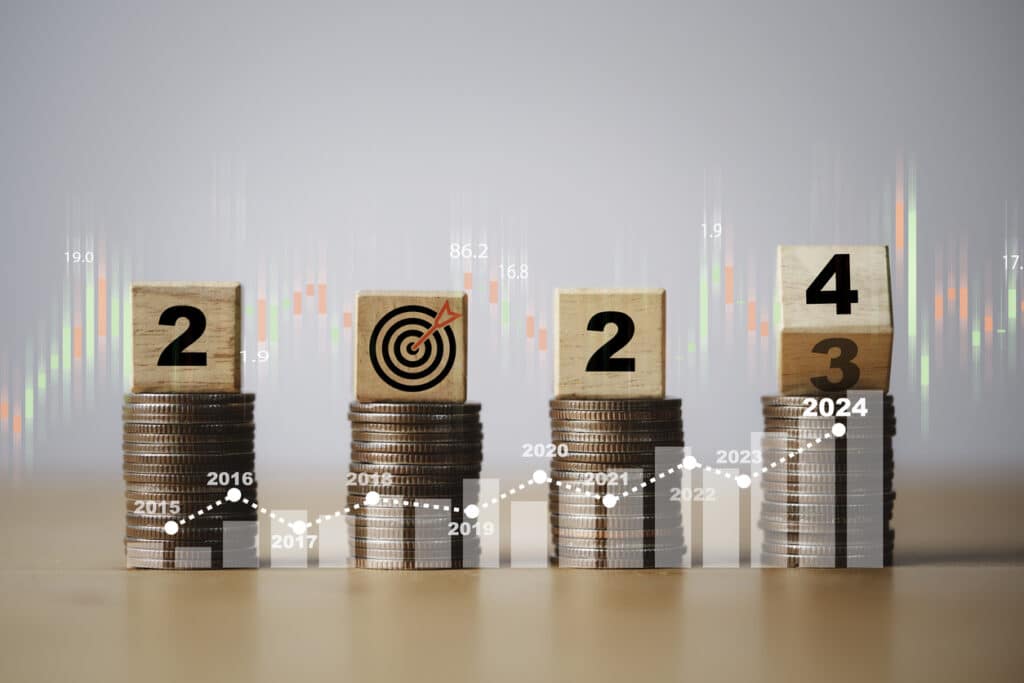Just before 2023 wrapped, the United States Internal Revenue Service (IRS) released additional clarity for businesses still wrangling with newly-launched capitalization and amortization rules related to IRC Section 174.
While the federal government has yet to repeal the controversial rules, which were launched as part of the 2017 Tax Cuts and Jobs Act (TCJA) and impacts claims beginning in calendar year 2022, the latest revised procedural guidance (Notice 2024-12 and Rev. Proc. 2024-9) modifies and clarifies interim Notice 2023-63 from earlier in the year.
Specifically, Notice 2024-12 addresses foggy messaging around specified research expenditures (SREs) performed by a research provider on behalf of the research recipient (ie. the party receiving R&D tax credits).
How Notice 2024-12 builds on Notice 2023-63
As part of the previous guidance offered via Notice 2023-63 back in September 2023, a five-year amortization period would be applied to SRE costs attributable to domestic research and a 15-year period for SREs dealing with foreign research.
This includes software and R&D work “that would eliminate uncertainty concerning the development or improvement or appropriate design of a product or a component or subcomponent of a product,” the notice reads.
What was missing from this previous guidance (among other things) was how to qualify SREs incurred by a research provider (ie. third party) who bears no financial risk on the outcomes of the activities.
Notice 2024-12 addresses this, declaring that a research provider would not have SRE expenses if it is not at risk, and any rights it acquires are separately bargained for. This revised guidance also allows taxpayers to selectively apply the rules set forth in Notice 2023-63 and confirms that Rev. Proc. 2000-50 (the pre-TCJA standard) continues to apply for tax years beginning on or before December 31, 2021.
This guidance is specifically pertinent to businesses that perform research or software development as part of a contract, especially if they are changing their methods for accounting SREs in accordance with the new guidance.
Unpacking Rev. Proc. 2024-9
The guidance offered in Rev. Proc 2023-9 is intended to help tax filers obtain automatic consent for changing their methods of accounting for SREs paid or incurred in tax years beginning after December 31, 2021 (ie. when Section 174 capitalization and amortization rules start applying).
Where this guidance ties into Notice 2024-12 is that it addresses Section 174 costs for taxpayers that account for income from long-term contracts.
That is: Rev. Proc 2023-9 provides optionality on the treatment of SREs under the percentage-of-completion (PCM) method. Within these new guidelines, businesses that change their methods of accounting for SRE expenditures in accordance with Notice 2023-63 can now use automatic method change procedures, potentially eliminating the need to file Form 3115 under nonautomatic procedures.
Additionally, the new guidance:
- Removes the 5-year scope restriction against automatic changes for 2023
- Explicitly states that SRE treatment to non-SRE changes are defined
- Provides audit protection for 2022 if the taxpayer made a change for 2022
- Allows section 460 changes (without requiring the cutoff method) based only on new contracts and permit a 481 adjustment for post-2021 costs
- Provides that the prior procedures for the treatment of pre-2022 software development costs remain available for such pre-2022 costs
While this new guidance is valuable as businesses continue executing on research and development in the new year, there still remains a lot of uncertainty around the short- and long-term implications of Section 174 mandates.
In fact, with so much uncertainty and angles yet to be defined, R&D-focused businesses shouldn’t attempt to navigate the often complicated US tax code on their own.
Boast has helped thousands of founders across North America tap into hundreds of millions of R&D tax credits to help them fuel their innovation. Talk to an expert today to learn more about our winning approach to helping startups extend their runway and unlock the true value of their R&D.
To learn more about how to map an R&D strategy that maximizes your ROI, download our latest ebook.










